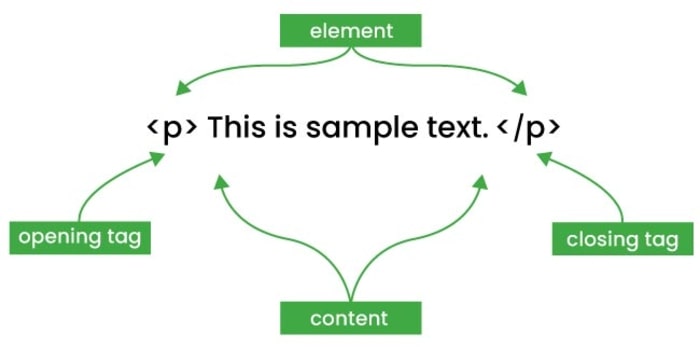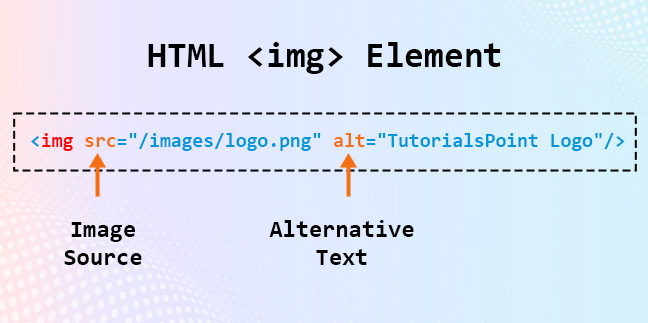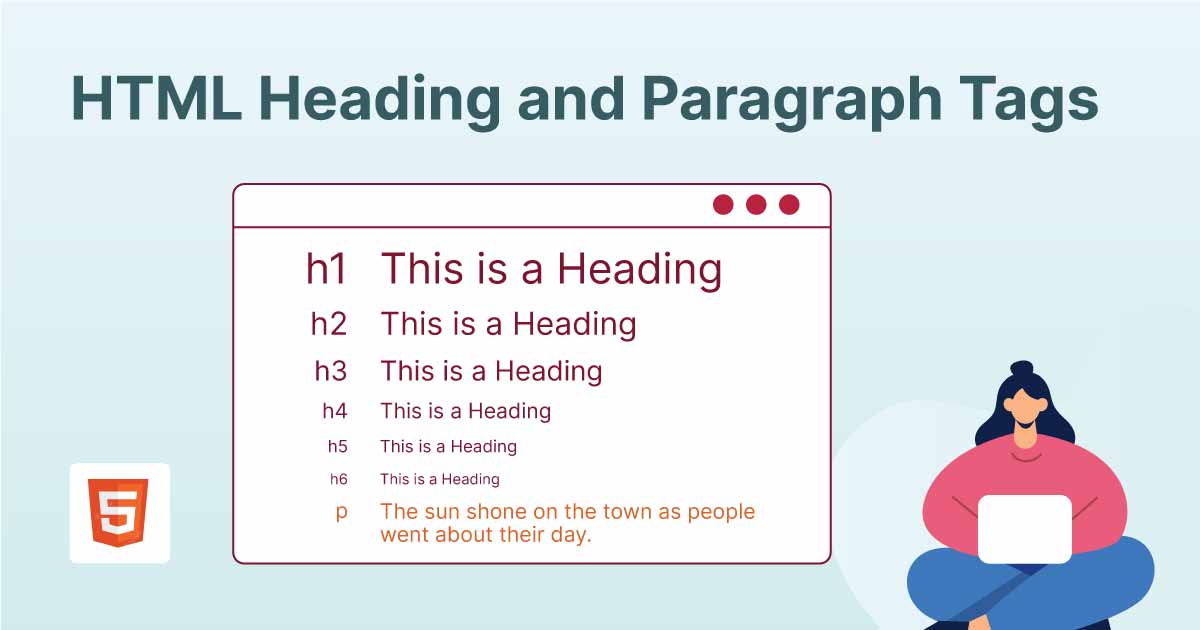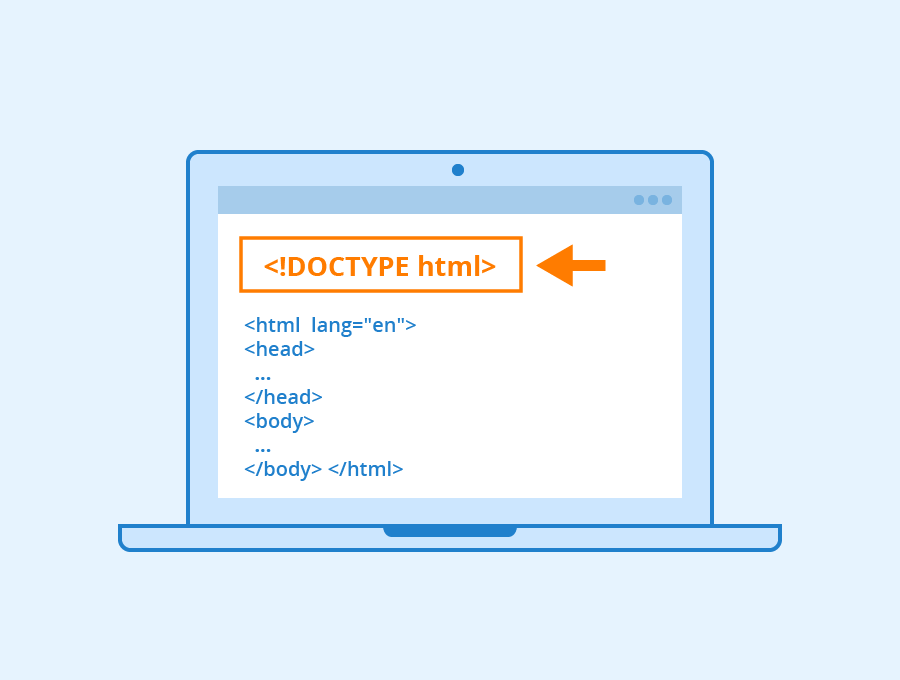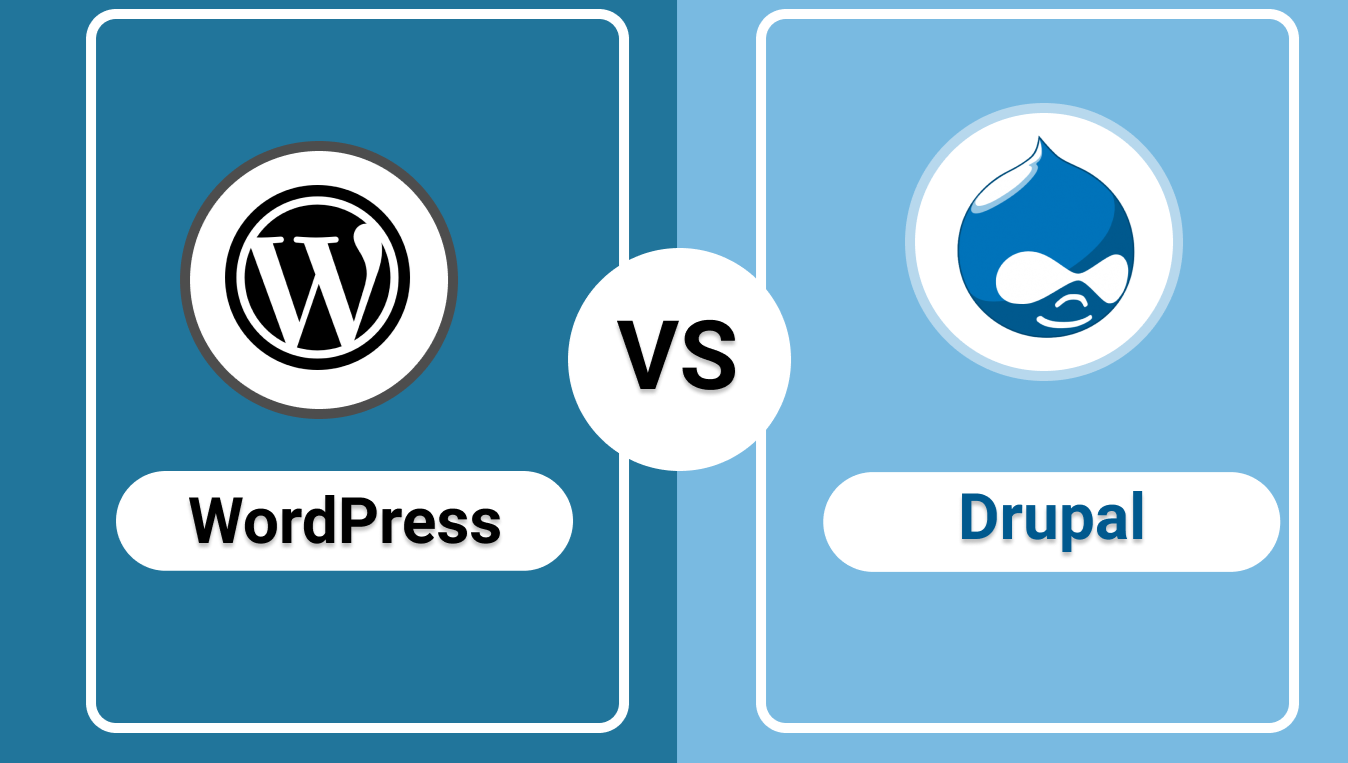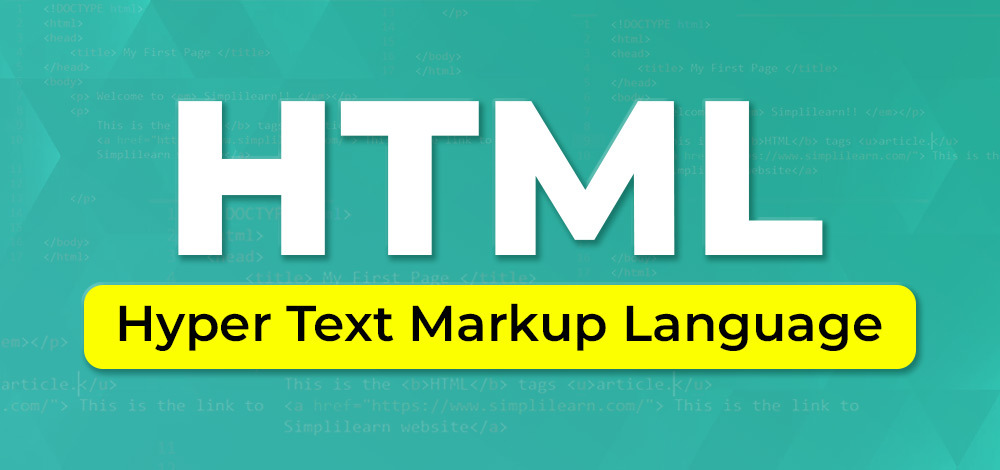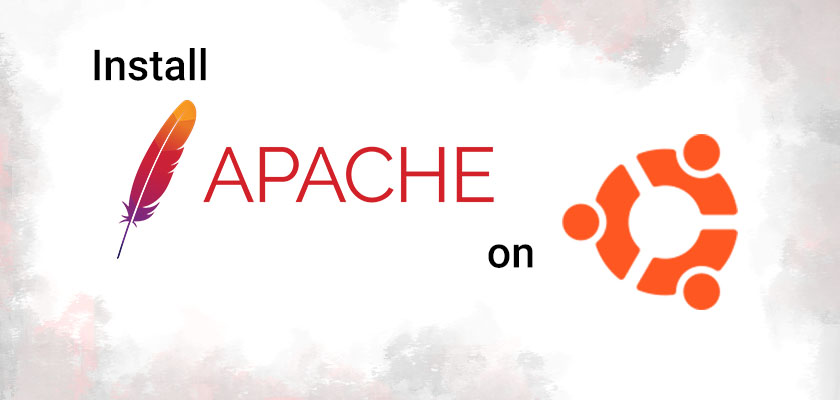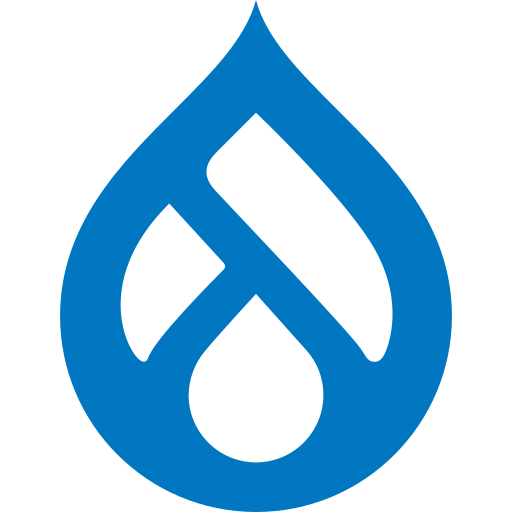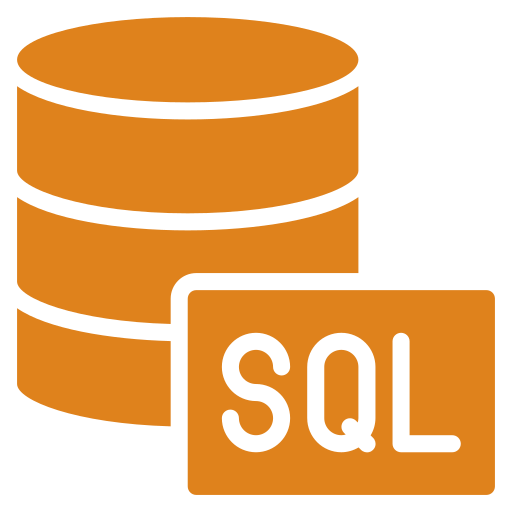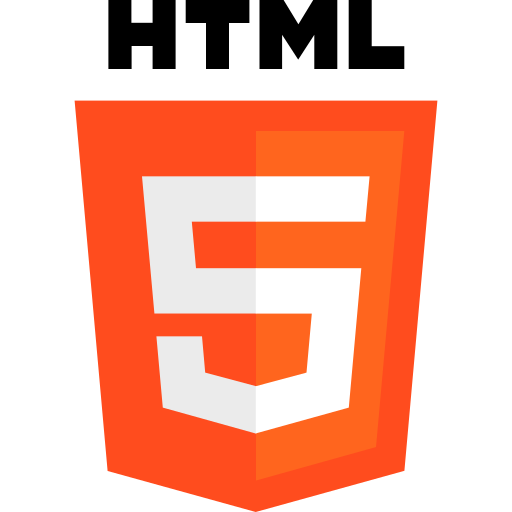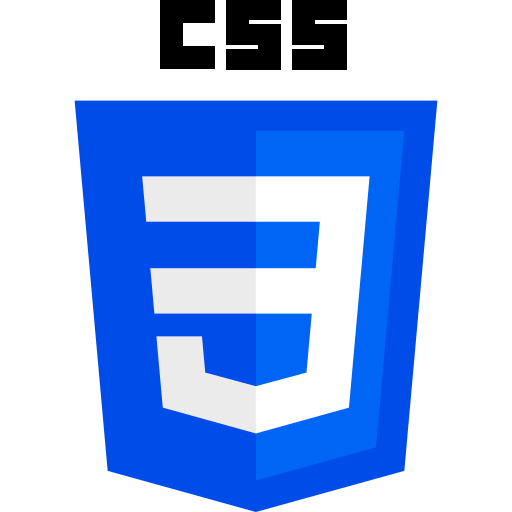what is HTML Attributes ?
-

- by Mcs
HTML attributes are special words used within an HTML tag to modify the element's behavior or characteristics. They provide additional information about an element…
what is element in html ?
-

- by Mcs
In HTML, an element is a fundamental building block that defines the structure and content of a web page. It's essentially a tag (or a pair of tags) with content in…
How to Export MySQL Database in Window and Linux
-

- by Mcs
MySQL provides multiple ways to export database content, including the CLI, web UI, and GUI methods. The following sections provide tutorials for exporting MySQL…
what is img tag ?
-

- by Mcs
In HTML, the <img> tag is used to embed an image into a webpage. It's a self-closing tag, meaning it doesn't require a separate closing tag. The primary…
What is heading & Paragraphs tag ?
-

- by Mcs
In HTML, heading tags ( <h1> to <h6> ) are used to define the headings and subheadings of a webpage. They structure the content, with <h1> being the…
what is DOCTYPE ?
-

- by Mcs
In HTML, a <!DOCTYPE> declaration, often called a "doctype", is a short instruction placed at the very beginning of an HTML document that tells the…
diffrence between wordpress and drupal
-

- by Mcs
Drupal and WordPress are both popular open-source content management systems (CMS), but they differ significantly in their target audience and complexity
How to Create Custom Form in Drupal
-

- by Mcs
As you know, forms are a crucial part of every website because they allow users to interact with them by submitting data. Using Drupal's Form API, developers can…
The Drupal 9 Webform Module
-

- by Mcs
The Webform module is a powerful and flexible Open Source form builder and submission manager for Drupal 9. The Webform module for Drupal provides all the features…
What is HTML?
-

- by Mcs
HTML stands for Hyper Text Markup Language, which is the core language used to structure content on the web. It organizes text, images, links, and media using tags and…
How to Create a Custom Drupal 9 Theme
-

- by Mcs
Drupal gives developers and site owners the flexibility of creating bespoke components that can be put together to build compelling digital experiences. Themes are…
How to Install Apache on Ubuntu
-

- by Mcs
Apache is a free and open-source web server the most popular technology. If you want to host your website or web application on Ubuntu, installing Apache is important.…
@ Mcs. All rights reserved


